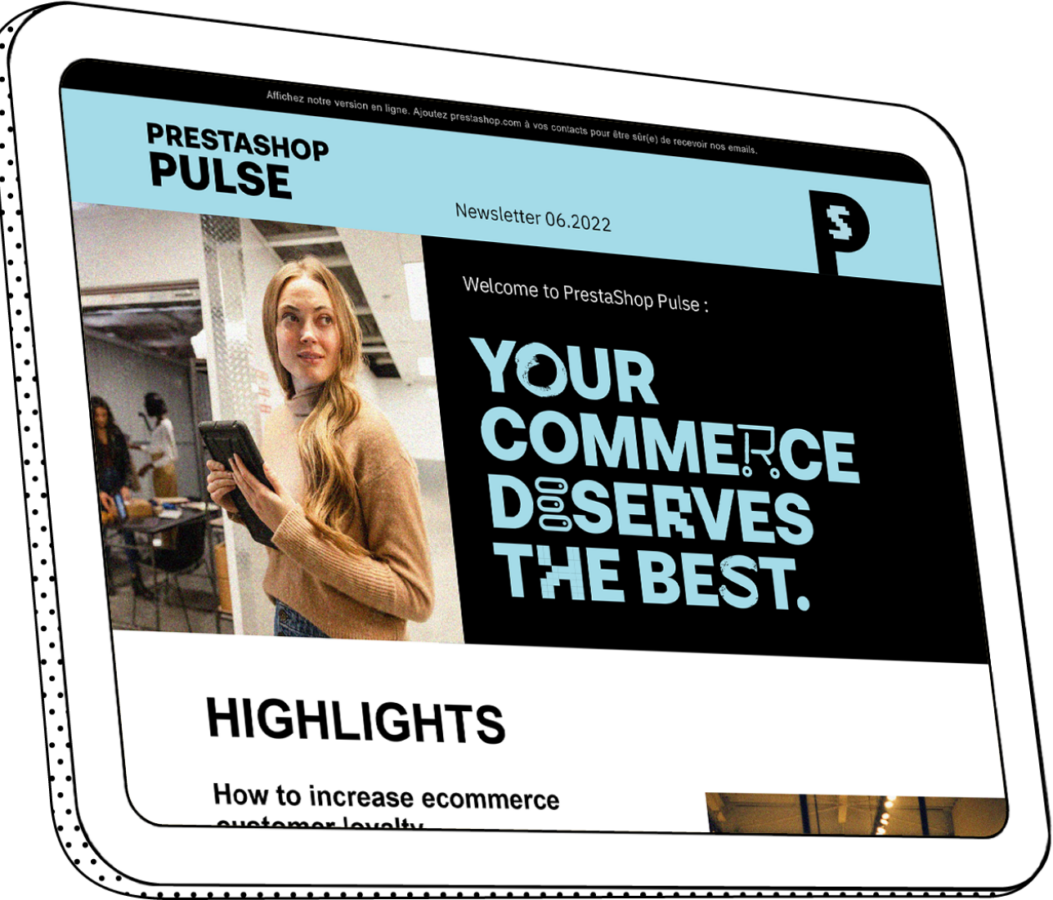Using Conversion Rate Optimization to boost sales
It’s a digital marketer’s job to help increase sales on a website. So how do they do this?
Most marketing teams work on driving more traffic towards the website. The more traffic that goes to a website, the more sales it’s likely to make.
But it also makes sense to try to increase sales by focusing on getting more from the website’s existing traffic. For marketers, this is called Conversion Rate Optimization - or CRO as it is often called. This approach to increasing sales often costs less than trying to drive more traffic to a website. So you get more conversions for less money, or a better ROI.
So what exactly is CRO?
CRO encompasses lots of different areas of marketing and, whether marketers know it or not, it drives many of the activities they carry out.
Conversion Rate Optimization aims to grow the percentage of website visitors that become customers or take any other desired actions on your website. In other words, it’s about increasing the number of conversions carried out by the people on your site by improving their experience in whatever way you can.
A conversion is a term that can cover a number of actions completed by a visitor to your website, but they are usually related to lead generation or sales. If you use your website to sell products, then the most obvious and most sought after conversion is a sale. If you offer a service, then the top conversion would be for a user to subscribe to that service. Other big ticket conversions could be a request for a demo or a quote.
Ultimately, what counts as a conversion is decided by the website owner, so it can vary from business to business. Often, they will set up smaller conversions that indicate progress. These can range from signing up to a newsletter, creating an account, downloading an ebook, subscribing to a blog, submitting a web form or even adding a product to the shopping cart. Though these actions don’t make money, they are a positive sign that users are moving toward becoming a customer.
And in the case of those who have signed up for your newsletter, you can promote your product directly to them without spending money on advertising.
So how can I increase the conversion rate of my website? To do this, you need to optimize your website and turn it into a well-oiled selling machine. This could involve anything from editing content, updating images, or making a Call To Action button bigger. If you have ever made any of these changes to your website and they have lead to more conversions, then you’re already practicing CRO.
Analytics and optimization
Conversion rate optimization and analytics are intertwined. The better you understand what leads visitors to convert, as well as learning at what point they abandon their shopping cart, the better you can make your website and marketing funnel. Analytics will help you understand your audience and what matters to them. Experimenting based on a gut feeling is fine, once you use analytics to observe the outcome. Making decisions without data, however, is simply a waste of time and money. CRO is about studying what makes people convert when they are on your website.
You can start out by using Google Analytics, which your marketing team is likely using already. Here you can set up your chosen conversions so you can track them.
You can also use Google Analytics to keep an eye on other useful insights like user journeys. This will let you see where people enter your website, the pages they engage with and their exit point. Then you can optimize these pages and the users’ journey, so they stay on your site longer and are more likely to convert.
If the data shows that a lot of people land on a particular page, make sure that page features a CTA, like a sign-up form or a link to a special offer. Likewise, if there’s a page where lots of people exit, try to identify what’s driving people away. It could be anything from a slow loading page to an irritating video. For example, if you notice users are leaving your website from the payment page, you have to ask yourself why this happened. Is the page confusing? Are they finding it difficult to enter their details? Have you offered them enough payment options? Is your payment page secure? Once you know what the problem is, you can fix it. That’s what CRO is all about.
Other things to consider are the channels that brought visitors to your site, the devices they used and the demographics coming from each source. For example, if people click through from Instagram on their phones, make sure the page they land on optimized for mobile devices. Are visitors coming from Instagram younger than your average customer? If so, maybe they should be linked to a landing page targeted specifically at them.
Simple changes like this can lead to a better user experience, which in turn leads to more conversion. When users can use your site easily, they’ll stick around longer.
How to optimize your website
Beyond Google Analytics, there are many other useful tools and methods to help you do optimize your website so that visitors are more likely to keep clicking until they convert. Here are some of the best approaches to benefit your CRO efforts:
A/B testing
Like we said, actions should be based off of data. If you have a problem with your landing page that needs fixing, or even if you just want to get more out of it, A/B testing can help you out.
A/B testing, or split testing, can be important as within the office there will often be bias opinions about what can be improved. A videographer might say people are fleeing the landing page, because it needs a video while a designer might say it’s down to the page’s layout. This could be why your pages aren’t performing any better, even after you’ve made lots of different changes.
That’s where A/B testing comes in. Instead of letting this type of cognitive bias affect your conversion rates, you can test what works on your visitors.
A/B testing is when you set up two different landing pages with slight differences, which could range from a tweaked message or a rewritten headline, right down to an updated navigation bar or a different colored CTA button. Your website will presents one to half your visitors, and the other to the rest.
This allows you to see whether or not this small change affects your site’s conversion rate. Everything on your page can be tested - copy, font, layout, image size etc. If there’s a chance it can increase your conversion rate then it should be tested.
Unbounce is a useful tool that lets you create landing pages without a developer. But what’s even better is that Unbounce also has an A/B testing feature that will let you figure out ways to improve these pages and increase your conversions. Describing itself as ‘The world’s leading experimentation platform’, Optimizely is another great tool if you want to delve deeper into A/B testing for your CRO.
Lead capture forms
Not all conversion are about sales, so lead capture forms can be hugely helpful if lead generation and sign ups are included amongst your conversion goals.
OptinMonster and LeadPages are both great tools for this. They both allow you to A/B test your lead capture forms.
Heatmaps
Heat mapping lets you see which parts of your site are most viewed and clicked on. This will give you a clear indication of how users interact with your web pages and help you change their layout to up conversions. By knowing where users click and hover, you’ll be able to logically place key content like CTA buttons and links.
Tools like CrazyEgg generate heat maps to let you see exactly which parts of the page receive the most attention from visitors.
Language and content optimization
The key to get someone to click through to your blog post is an engaging title. When composing a post, it can be hard to know what will appeal to your target audience. But there’s some science behind it and tools like CoSchedule’s Headline Analyzer will help you predict how engaging your headline will be. It also lets you see how the headline will appear in places like search results and email subject lines.
Another helpful tool is SubjectLine, which lets you see how effective the subject line of your email newsletter is by comparing it with previously tested ones.
BuzzSumo is also useful for picking titles and content topics that will work for your site. It will show you the top rated articles on a topic and lets you look at this information based on different demographics, letting you optimize your content for your audience.
Knowing the channels that work for you
Google Analytics let’s you know the source of your traffic and where the people that convert are coming from. You can even use it to measure the conversions coming from your social media ad campaigns.
But when it comes to tracking which offline marketing materials, influencers and social media posts are converting for you, link management tools like Rebrandly are very useful. You can create individual branded links for an influencer to share, or for a poster campaign. This lets you keep track of the different campaigns and see what is working the best.
You can also use tools like Rebrandly, ClickMeter or Google URL Builder to add UTM parameters to your URLs so you can track more information about where someone came from, the referring domain and what they clicked on to get there.
This information is stored inside Google Analytics and allows you to easily track your off-site to on-site marketing efforts right through to conversion.
Once you have thoroughly analysed the data and optimized your website, if you want to take your CRO further, you’ll have to speak directly to your customers through surveys, interviews, or user testing to get more insight into their behaviour.
The list of what can be tested and optimized on your website is endless and it can be hard to know where to begin- but the results are worth it. Even if you do choose to up your conversions by driving more traffic to your website, having an optimized site will make this even more effective.
Bio :
Louisa McGrath is a content manager at Rebrandly (https://www.rebrandly.com), the URL shortener empowering marketers to put their brand on their links. She can be seen blogging around Dublin city center, except on Sundays when she stays in to pore over the newspapers.





